National Immunization Awareness Month
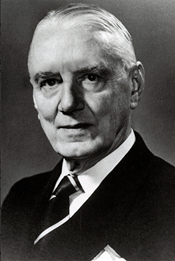 In 1914, Gerald B. Webb said in the first AAI President's Address that “the physician of the future would be an immunologist.” Today’s doctors have a wide range of responsibilities, but immunization remains one of their most important duties. AAI is proud to support National Immunization Awareness Month!
In 1914, Gerald B. Webb said in the first AAI President's Address that “the physician of the future would be an immunologist.” Today’s doctors have a wide range of responsibilities, but immunization remains one of their most important duties. AAI is proud to support National Immunization Awareness Month!
Many AAI members have been instrumental in the basic science discoveries that led to the possibility of being immunized against a plethora of diseases. They have also developed numerous vaccines, both for routine immunizations and against more uncommon infections. Immunologists continue to produce new research that expands the boundaries of immunization in ways that Gerald Webb and his contemporaries could not have imagined. Learn more about the founding of AAI here and about the more than 100 years of critical vaccine research and development undertaken by AAI members.
Barry Bloom
AAI member Barry Bloom (AAI 1967, president 1985–86) has long worked to develop vaccines for diseases that primarily impact the developing world, including leprosy and tuberculosis, and he’s still busy “making mischief” to support public understanding of vaccines. View his AAI Oral History interview here, and read a short article on his career here.
Maurice Hilleman
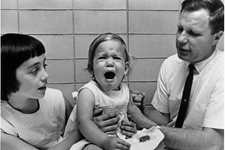 AAI member Maurice Hilleman (AAI 1949) and his research teams were responsible for developing more than 40 vaccines, including nine of today’s routine childhood immunizations, including measles, mumps, and rubella. He also developed vaccines for such diseases as hepatitis B, chickenpox, and pneumonia. In 1957, he recognized a potential influenza pandemic and developed an effective vaccine in just four months, curbing the global threat.
AAI member Maurice Hilleman (AAI 1949) and his research teams were responsible for developing more than 40 vaccines, including nine of today’s routine childhood immunizations, including measles, mumps, and rubella. He also developed vaccines for such diseases as hepatitis B, chickenpox, and pneumonia. In 1957, he recognized a potential influenza pandemic and developed an effective vaccine in just four months, curbing the global threat.
Diphtheria
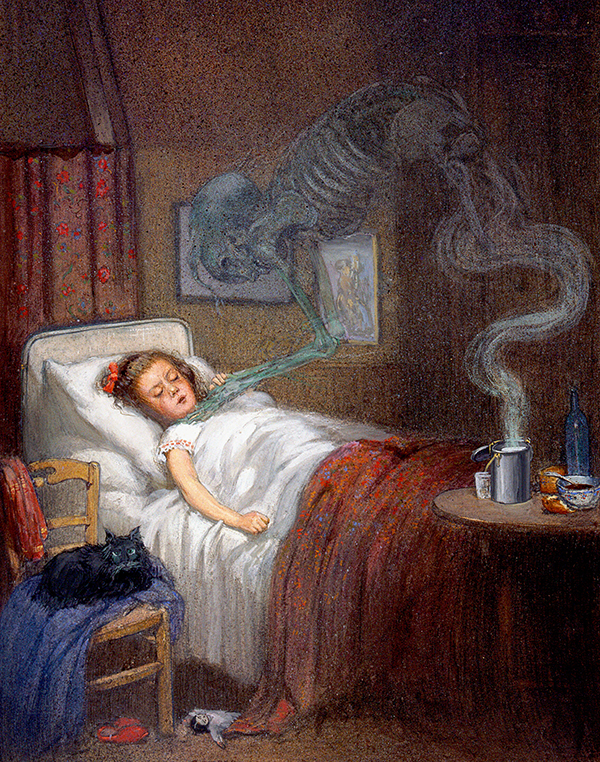 In the late 19th century at the New York City Department of Health, pathologist Hermann R. Biggs and laboratory director William H. Park (AAI 1916, president 1918–1919) were following the news from Europe about the successes of diphtheria antitoxin treatment. Park and his new colleague Anna Wessels Williams (AAI 1918) were able to improve upon Émile Roux’s method for making diphtheria toxin with which to inoculate the horses. The Park-Williams No. 8 strain, also known as “American strain #8,” was widely adopted as the most effective antitoxin treatment in the world.
In the late 19th century at the New York City Department of Health, pathologist Hermann R. Biggs and laboratory director William H. Park (AAI 1916, president 1918–1919) were following the news from Europe about the successes of diphtheria antitoxin treatment. Park and his new colleague Anna Wessels Williams (AAI 1918) were able to improve upon Émile Roux’s method for making diphtheria toxin with which to inoculate the horses. The Park-Williams No. 8 strain, also known as “American strain #8,” was widely adopted as the most effective antitoxin treatment in the world.
Thanks to the DTaP (diphtheria, tetanus, and pertussis) vaccine, few Americans today know what a horrible disease diphtheria is. But at the turn of the 20th century, it was known as “the strangling angel of children.”
Influenza
During the 1918–1919 influenza pandemic, it wasn’t even known that the disease was caused by a virus, so an effective vaccine was impossible. For National Immunization Awareness Month, read about the work of AAI members who did all they could to fight the pandemic.
In 1947, future AAI president Thomas Francis Jr. (AAI 1930, president 1949–50) was awarded the Albert Lasker Clinical Medical Research Award “for contributions to our total knowledge of influenza, and the development of a vaccine effective against types A and B successfully used during World War II.” Learn more about Dr. Francis and his work on influenza and public health here.
Meningitis
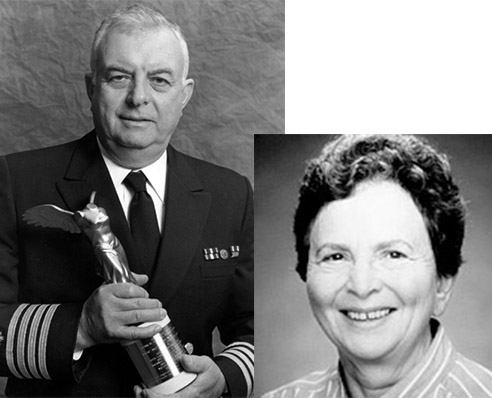 In 1970, Emil C. Gotschlich (AAI 1969) developed the first successful vaccine against meningitis. Although the disease can be contracted by all age cohorts, infants and children are the most vulnerable. For his groundbreaking work, Dr. Gotschlich was awarded the 1978 Albert Lasker Clinical Medical Research Award for "the development of a polysaccharide vaccine against meningococcal diseases."
In 1970, Emil C. Gotschlich (AAI 1969) developed the first successful vaccine against meningitis. Although the disease can be contracted by all age cohorts, infants and children are the most vulnerable. For his groundbreaking work, Dr. Gotschlich was awarded the 1978 Albert Lasker Clinical Medical Research Award for "the development of a polysaccharide vaccine against meningococcal diseases."
Haemophilus influenzae type b (Hib) meningitis killed over 1,000 children a day worldwide before John B. Robbins (AAI 1965) and Rachel Schneerson (AAI 1975) developed a vaccine for it—now U.S. cases are literally one in a million.
Pneumonia
Pneumonia was a leading cause of death in the United States for the 20th century. Rather than treating pneumococcal infections with antibiotics, Robert Austrian (AAI 1960) spent years researching and developing a successful vaccine. He was awarded the 1978 Albert Lasker Clinical Medical Research Award for "the development of a polysaccharide vaccine against pneumococcal diseases."
Polio
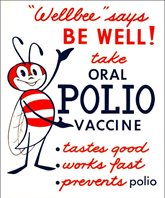 AAI recently published a three-part series on the development of the polio vaccines. From the first U.S. epidemic in 1894, Americans desperately hoped for an effective way to prevent the terrible disease. Follow the decades-long research from not-so-well-known members to Nobel laureates to the men synonymous with polio vaccine.
AAI recently published a three-part series on the development of the polio vaccines. From the first U.S. epidemic in 1894, Americans desperately hoped for an effective way to prevent the terrible disease. Follow the decades-long research from not-so-well-known members to Nobel laureates to the men synonymous with polio vaccine.
COVID-19
Currently the most serious disease being fought worldwide, COVID-19 has presented challenges never before seen. As a global pandemic, and one without any treatment or cure when it struck, this coronavirus has (as of early August 2021) claimed more than 4.2 million lives. AAI members have been at the forefront of COVID-19 research, treatment, and vaccine development.